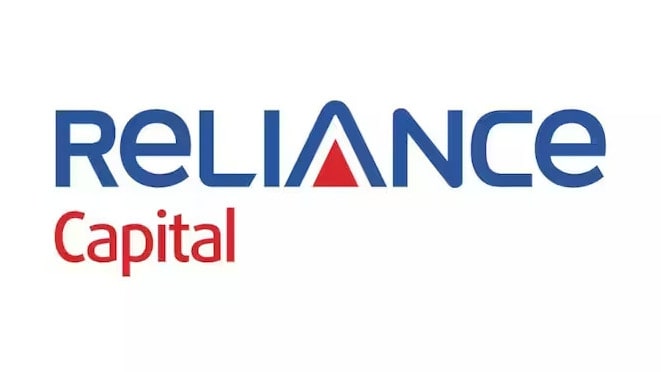The Adani Group, one of India’s largest conglomerates with businesses ranging from ports to energy to logistics, has been in the news recently over its debt pile and its reliance on international banks for funding. Four charts have been released that illustrate the extent of these issues.
The first chart shows the Adani Group’s net debt, which has grown significantly over the past five years. In 2016, the group’s net debt stood at INR 27,177 crore ($3.6 billion), but by 2021 it had ballooned to INR 1,63,425 crore ($21.8 billion). This represents a five-fold increase in the group’s net debt over the past five years, which is a cause for concern for investors.
The second chart shows the Adani Group’s debt-to-equity ratio, which is a measure of the company’s financial leverage. A high debt-to-equity ratio indicates that a company has been relying heavily on debt to finance its operations. In 2016, the Adani Group’s debt-to-equity ratio was 1.23, but by 2021 it had risen to 3.85. This means that the Adani Group’s debt is nearly four times its equity, which is a worrying sign for investors.
The third chart shows the Adani Group’s reliance on international banks for funding. According to the chart, the Adani Group has borrowed heavily from international banks such as Standard Chartered, JP Morgan, and Citibank. In fact, the group’s borrowing from international banks has grown from $2.6 billion in 2016 to $11.8 billion in 2021. This represents a significant increase in the group’s reliance on international banks for funding.
The fourth and final chart shows the Adani Group’s debt maturity profile. This chart illustrates when the group’s debt is due for repayment. According to the chart, the Adani Group has a large amount of debt due for repayment in the next three years. In fact, the group has debt obligations of over $7 billion due for repayment in 2022 and 2023. This represents a significant risk for the group, as it may struggle to repay these debts if it is unable to generate sufficient cash flow.
The release of these charts has raised concerns among investors about the Adani Group’s financial health. The group’s heavy reliance on international banks for funding and its large debt obligations due for repayment in the near future have put the group in a precarious position.
However, the Adani Group has responded to these concerns by stating that it has a strong balance sheet and is capable of servicing its debt obligations. The group has also stated that it has a robust business model and is well positioned to take advantage of growth opportunities in its various businesses.
Despite the Adani Group’s assurances, investors will be closely monitoring the group’s financial performance over the coming months. The group’s ability to generate cash flow, reduce its debt pile, and meet its debt obligations will be critical factors in determining its long-term financial health. Investors will also be looking for more detail on the group’s future strategy, including how it plans to capitalize on recent investments and expand its business. The Adani Group’s success in navigating the current economic climate could determine where it stands among India’s top corporate entities in the years ahead.
In addition, investors will want to see a greater commitment from the Adani Group to corporate social responsibility. The group has made some strides in this area, but there is still significant room for improvement. In particular, investors will be looking for a clearer strategy on how the company plans to address environmental concerns and reduce its carbon footprint.
In conclusion, the release of these four charts has highlighted the Adani Group’s level of indebtedness and its reliance on international banks for funding. While the group has stated that it is capable of servicing its debt obligations, investors will be watching the group’s financial performance closely in the coming months to ensure that it remains financially healthy.
Read More on Adani Group










